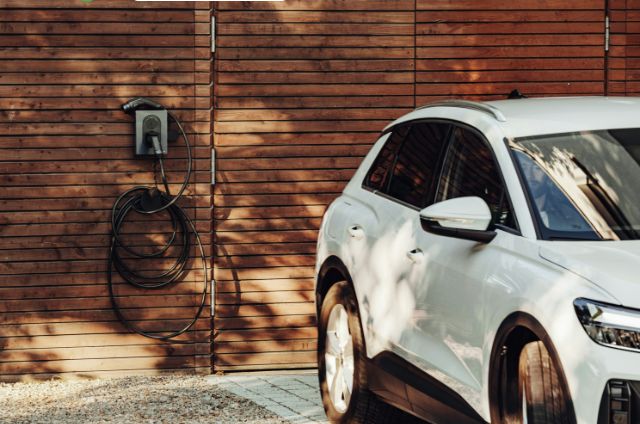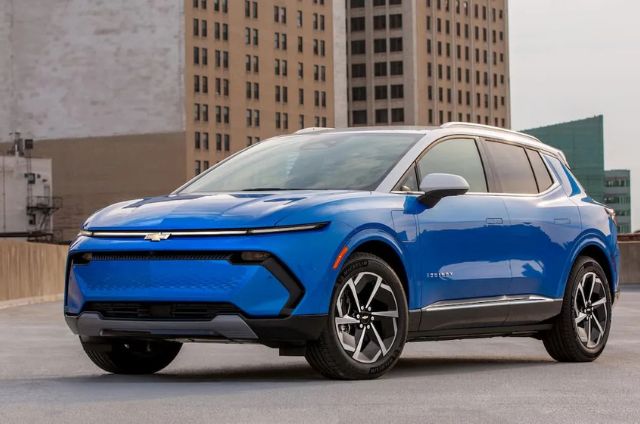Rethinking EV Charging Habits
As the electric vehicle boom accelerates, so does the need to rethink how and when we charge. A new study from Stanford University highlights a key insight: the traditional habit of overnight home charging may not be the best path forward.
Most EV owners plug in overnight for convenience—and often, for lower electricity rates. But researchers found this trend may put unnecessary pressure on the power grid during already strained evening hours. Instead, charging during daylight, especially midday, could better align with renewable energy availability.
Daytime Charging and the Solar Advantage
In regions like California and Australia, solar energy peaks around noon, often producing more electricity than the grid can use. This surplus is sometimes wasted or curtailed. By shifting EV charging to these hours, drivers could reduce emissions and help absorb renewable energy that would otherwise go unused.
As one Reddit user in Poland pointed out, “In a coal-heavy country, charging around midday means you’re using energy that would be wasted anyway.” Others noted energy companies in Europe even offer negative rates midday—paying people to use power during solar oversupply.
Regional Grids, Real-Time Pricing, and Smart Incentives
Not every grid is created equal. In the Netherlands and Finland, daytime pricing is influenced by solar and wind conditions. In the U.S., some utilities still promote night charging due to legacy grid loads or fossil-heavy mixes. However, more dynamic pricing models are emerging.
Commenters from Norway, Illinois, and California shared how local utilities are already experimenting with midday super saver plans, automatic smart charging, and incentives tied to grid demand curves. These strategies show a future where charging adapts to real-time supply, making it cleaner and more efficient.
Building a Smarter Charging Future
To make daytime charging mainstream, infrastructure must catch up. That means workplace chargers, utility rate reform, and smarter grid integration. As one user put it: “Every parked car could be a flexible grid asset if we get this right.”
Charging an EV is no longer just about plugging in—it’s about when, where, and how you do it. And that decision now has climate-scale impact.



